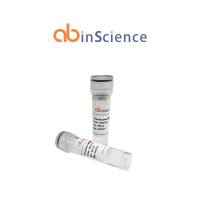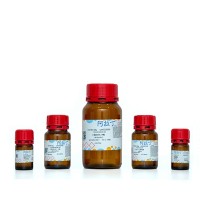Hemoproteins Purification and Characterization by Using Aqueous Two-Phase Systems
互联网
595
There are many techniques that can be used to purify and characterize proteins, but one especially caught my attention about 10 years ago. Is it possible to purify a protein using just water? A smart trick that does the job is aqueous 2-phase extraction. In 1958, Albertsson (2 ) found that when 2 aqueous solutions of hydrophilic polymers such as polyethyleneglycol (PEG) and dextran (Dx) are mixed above critical concentrations, a liquid-liquid phase separation occurs. Moreover, when he added these 2 polymers to a disrupted cell broth, he found that proteins or enzymes and cell debris tend to partition unequally between the 2 phases or between the phases and the interface, thus allowing for the extraction of a particular protein. The high water content of these systems, which gives the technique its name, provides a gentle environment for biologically active proteins, cells, and cell organelles. Many proteins have been partitioned in aqueous 2-phase and 3-phase systems, and the subject has been described in several reviews (2 ,22 ,50 ,52 ,56 ). A comprehensive database containing all the publications in this topic since 1956 can be found in (http://bama.ua.edu/-rdrogers/aq2phase/ ). Detail recipes for most of the protocols used in different applications of aqueous 2-phase systems can be found in Reference 22 .








